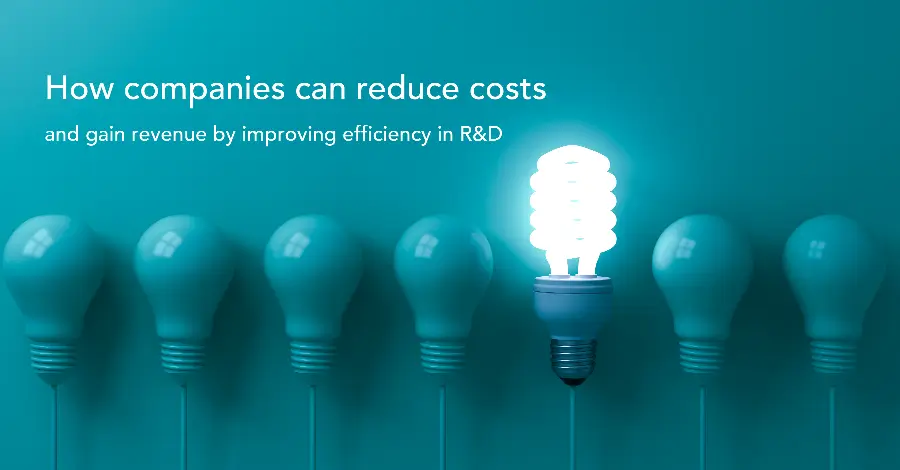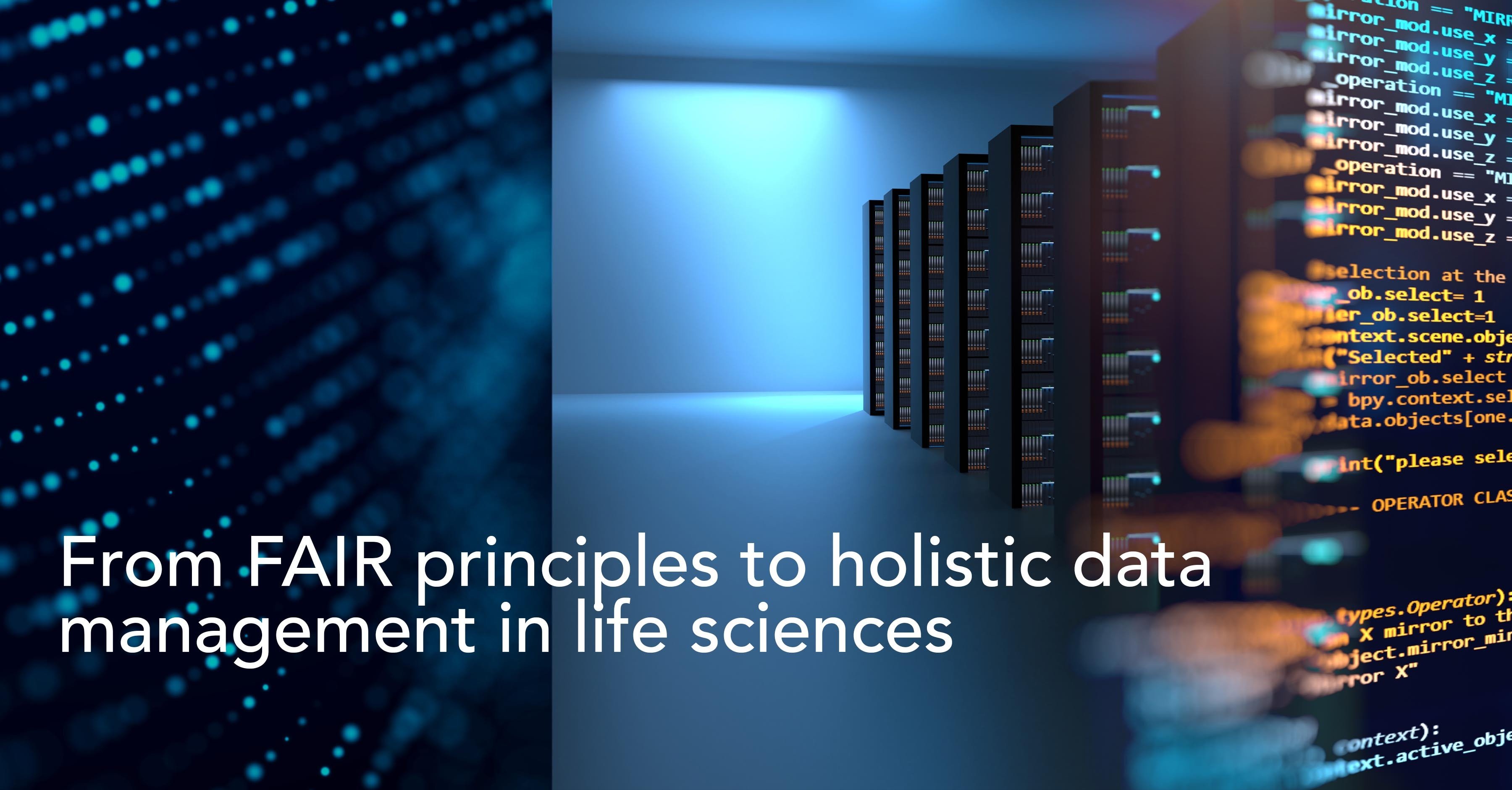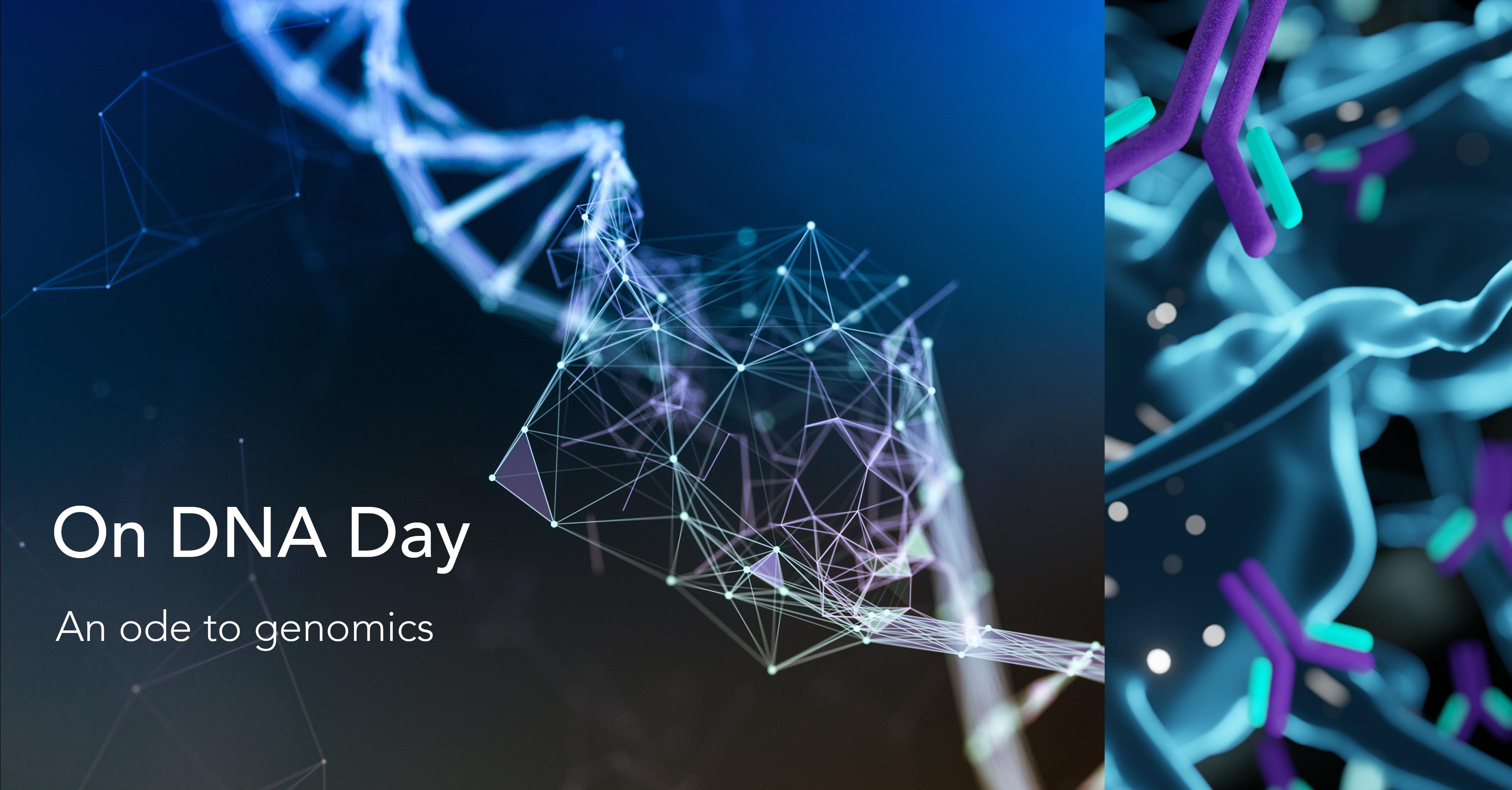How companies can reduce costs and gain revenue by improving efficiency in R&D

R&D is the key part of a business that seeks to enhance technologies, products, and services. Thanks to research and development, we can benefit from the most advanced tools in different sectors, as it ensures the delivery of innovation across several industries, from science to technology, to aerospace and AI.
Research and Development (R&D) is designed to encourage companies to develop new services and products through innovation and risk-taking. The overall revenue is worth it, as there is room for a much faster process handling and infinite potential for discoveries. Through innovations in how R&D is conducted, particularly in pharmaceutical and biotechnology industries, companies can expedite go-to-market and reduce costs while maximizing profits.
The benefits and outcomes of R&D
Any company investing in R&D benefits from developing effective technologies to gain an edge over competitors by leading the market. For this reason, several industries are increasing their spending on R&D to finance plans and are looking to reduce development costs overall with an initial investment. It’s important to understand that it is not only a question of innovation, but it’s a matter of increasing efficiency.
Discoveries can be achieved in a “better with less” approach while reducing the complexity in all aspects of the procedures and product development. This approach indeed requires some dynamicity, decision making, and organisation to make sure an optimal product is delivered: It becomes necessary to adapt rapidly to new changes while implementing cost-effective solutions.
Tearing down silos is known to be a cost-effective and a well productive strategy for many organizations, as they can focus on specific projects, avoiding unnecessary steps and time constraints. Removing unnecessary steps can help speed up specific processes to reduce cycle times, like in the case of genetic analysis, which carries large volumes of data that hold great potential.
Omics Data Analysis and R&D efficiency
In many industries omics data analysis is one of the corner stones in the R&D process. Yet, traditional omics data analysis methodologies are not equal to the current demands of real big data processing and data integration. To compensate for the inefficiency of current algorithms, increasing computer power is not a sustainable long-term solution. Neither does it solve the problem of error propagation, which is inherent to the heuristic nature of traditional algorithms.
In the case of secondary or tertiary genomic analysis, for example, a slow and possibly inaccurate research process has significant consequences due to the impact that new findings can have on the scientific community. R&D in science applies to basic research, applied research, and experimental development to create an improved product.
New technologies in omics data analysis are allowing for the creation of modern platforms that make the whole data analysis process more accurate and faster and ensure integration of data of various natures (multiple domains, structured and unstructured). As a result, more accurate and relevant analytical results are produced. The quality of knowledge extraction through the application of machine learning and artificial intelligence techniques will also benefit from more accurate input data stemming from the ‘new generation’ omics data analyses.
So, scientists and researchers can significantly reduce the time spent on non-core activities, along with a reduced need for instrument care and reduced administrative oversight burden. Companies need to make R&D efficiency a top priority to incentivise employees and to make sure they remain competitive in the marketplace. By improving the efficiency in R&D, the emphasis shifts from focusing on complex procedures to pursuing new developments and innovations with high aspirations and expectations.
To achieve ambitious targets, companies have needed to conduct more and invest more in R&D. This will allow hitting the target, along with releasing further benefits such as better jobs and better outcomes.
But even still, there have been blockers. Now, through leveraging tools to expedite previously laborious processes, well-structured R&D guarantees substantial cost benefits over time while delivering high value. Investing in research and development not only shows that a company is innovative and forward-thinking, but it’s effective to contribute to economic growth by stimulating a company’s success.
Another benefit related to investing in R&D is the tax relief that can be obtained by the government, which allows reducing the corporation tax liability. The tax relief incentive aims to encourage innovation in companies and to facilitate the continuation of their R&D work. The eligibility for tax relief is often offered to those companies that are looking to achieve discoveries through resolving scientific uncertainties. Where previously many companies within pharma and biotechnology see a lack of monetary incentive to tackle issues such as rare and orphan diseases, new innovations in analysis coupled with exterior encouragement paves the way for industries to be more able and ready to address a wider range of concerns.
This contributes to economic growth by leading to increased productivity and generating a higher “output”; with a higher output, there is a higher production of goods and services, encouraging the company’s profitability.
Efficiency in R&D is the way forward
Innovation also has a positive domino effect: it starts small, and it ends up with the involvement of several other companies of different sizes and in various sectors around the world. This process is referred to as “diffusion of innovation”, and it also has the power to streamline processes that a single company operating in isolation cannot, for instance in the case of some clinical trials.
Innovation is the heart of businesses and can be promoted by investing in R&D and education; this will allow simplify and accelerate the delivery of new projects and findings by creating efficiency that drives down the costs while keeping the employees focused on moving forward. Companies can excel by innovating more with less: thanks to new technologies, they can save costs and time without sacrificing the scientific mission.
Broadly, there are two layers of inefficiency in most current approaches to bioinformatics and omics research. One, merely transplanting legacy methodologies and algorithms onto modern computing infrastructure only serves to accentuate any process inefficiencies. And two, the maximum efficiency of a fragmented workflow can only be as high as the least efficient process in the pipeline. Currently, a typical omics data analysis workflow comprises 10-15 specialized third-party tools – each with distinct libraries, standards, and protocols – that play a discrete role in a larger workflow.
The BioStrand platform has been designed and built from the ground up to address both of these sources of inefficiency. BioStrand’s radical new approach leverages techniques inspired by modern computer science to eliminate the inefficiencies of conventional dynamic programming and heuristic methods and bring multi-omics data analysis into the digital big data age.
The BioStrand platform also facilitates fully-integrated – from hypothesis to insights – multi-omics analysis for data-driven research. The platform’s unified analytics engine – combined with an integrated suite of best-of-breed AI/ML-powered tools, processes, and workflows, and the flexibility to integrate with existing/legacy research modules – enables end-to-end multivariate, multidimensional, system-level analysis.
For instance, advanced NLP techniques are quickly becoming critical for the rapid extraction of knowledge from increasing volumes of textual biomedical data. The BioStrand platform with biomedical domain-specific NLP technology allows researchers to apply a literature-based discovery model to accelerate the generation of novel hypotheses from vast amounts of textual data.
With the hypothesis and experimental plan in place, the platform enables researchers to seamlessly integrate all kinds of structured and unstructured biological and biomedical data, including patient record data, scientific literature, clinical trial data, chemical data, ICD codes, lab tests, etc. BioStrand’s HYFT™ IP automatically and instantly normalizes and integrates all publicly available and proprietary omics data for multi-omics analysis.
And with all research-relevant data organized into one centralized and standardized repository, that solution’s integrated suite of best-of-breed AI/ML-powered tools, processes, and workflows allow researchers to forge their own objective-based research pathways to unlock the insights that are most relevant to their study.
Picture source: AdobeStock © freshidea 244756315
Subscribe to our Blog and get new articles right after publication into your inbox.
Subscribe to our blog:






